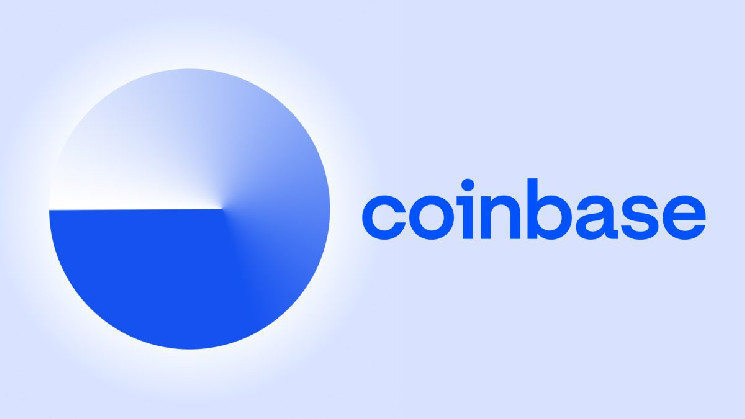1 million wallets use Coinbase-backed Base’s smart contracts during testing

Base, a Layer 2 network in development by Coinbase, reported that more than one million wallets initiated smart contracts on its test network during the Builder Quest period.
This initiative was designed to identify potential issues in the network, which is still a testnet, under high stress conditions. With this surge in activity, the team was able to identify critical stress points in both the platform’s design and infrastructure, which it is now actively addressing. Yet it found these issues difficult to solve while keeping the whole system working as intended.
During this testing phase, the network faced a significant spike in activity and a flood of>noted, “After the implementation of this [doubling gas limit] adjustment, we faced issues due to larger L2 blocks when trying to batch blocks back to the Goerli L1.” After this, the team continued with fine tuning parameters regarding how it batches transactions.
“We fine-tuned parameters and made adjustments, hoping to reach equilibrium,» Base said. “Despite these changes, the system struggled to reach equilibrium and publish the unsafe blocks to the L1. It wasn’t until the quests slowed down that we could close the gap — emphasizing the need for a more robust, long-term solution,” the team acknowledged.
Built on Optimism’s development software stack, known as the OP Stack, Base is designed to serve as a rollup network, similar to Optimism. It aims to execute off-chain computations on a secondary layer to facilitate faster, cheaper transactions — all while maintaining the security benefits of the Ethereum mainnet. Furthermore, this solution could potentially become the default Layer 2 network for Coinbase’s on-chain products.
Base responds with system optimizations
Base’s core team has made two optimizations in an attempt to stabilize the system after seeing a major spike in activity. First, the core team said, it enhanced the data compression, aiming to better use the «L1 transaction call data.» Second, the team modified their system to allow the submission of multiple batches of transactions for each L1 block, rather than a single batch at a time. These changes, the team stated, could address the technical issues previously observed.
“As we look towards mainnet, these changes not only pave the way for possible increases in block gas limit but also ensure that base fees remain low and accessible for users,» the team said. «They [changes] also increase the reliability of writing L2 data to the L1, crucial for maintaining speedy withdrawals and transactions.”
The Base team previously reported its testnet has drawn interest from a range of developers and projects, including Blackbird, Thirdweb, OAK, and Parallel. Additionally, notable DeFi platforms like Uniswap and Aave are considering deploying on Base once it goes live.







 Bitcoin
Bitcoin  Ethereum
Ethereum  Tether
Tether  USDC
USDC  Dogecoin
Dogecoin  Cardano
Cardano  TRON
TRON  Bitcoin Cash
Bitcoin Cash  Chainlink
Chainlink  Polygon
Polygon  Litecoin
Litecoin  LEO Token
LEO Token  Dai
Dai  Ethereum Classic
Ethereum Classic  Hedera
Hedera  Stacks
Stacks  Cronos
Cronos  Stellar
Stellar  Cosmos Hub
Cosmos Hub  OKB
OKB  Maker
Maker  Theta Network
Theta Network  Monero
Monero  Algorand
Algorand  NEO
NEO  Gate
Gate  Tezos
Tezos  KuCoin
KuCoin  EOS
EOS  Synthetix Network
Synthetix Network  IOTA
IOTA  Bitcoin Gold
Bitcoin Gold  Tether Gold
Tether Gold  TrueUSD
TrueUSD  Enjin Coin
Enjin Coin  Zilliqa
Zilliqa  Holo
Holo  Ravencoin
Ravencoin  0x Protocol
0x Protocol  Siacoin
Siacoin  Qtum
Qtum  Basic Attention
Basic Attention  Dash
Dash  Zcash
Zcash  NEM
NEM  Decred
Decred  Ontology
Ontology  Lisk
Lisk  Waves
Waves  DigiByte
DigiByte  Status
Status  Numeraire
Numeraire  Nano
Nano  Pax Dollar
Pax Dollar  Hive
Hive  Steem
Steem  Huobi
Huobi  OMG Network
OMG Network  BUSD
BUSD  Ren
Ren  Bytom
Bytom  Bitcoin Diamond
Bitcoin Diamond  HUSD
HUSD  Kyber Network Crystal Legacy
Kyber Network Crystal Legacy  Energi
Energi  Augur
Augur